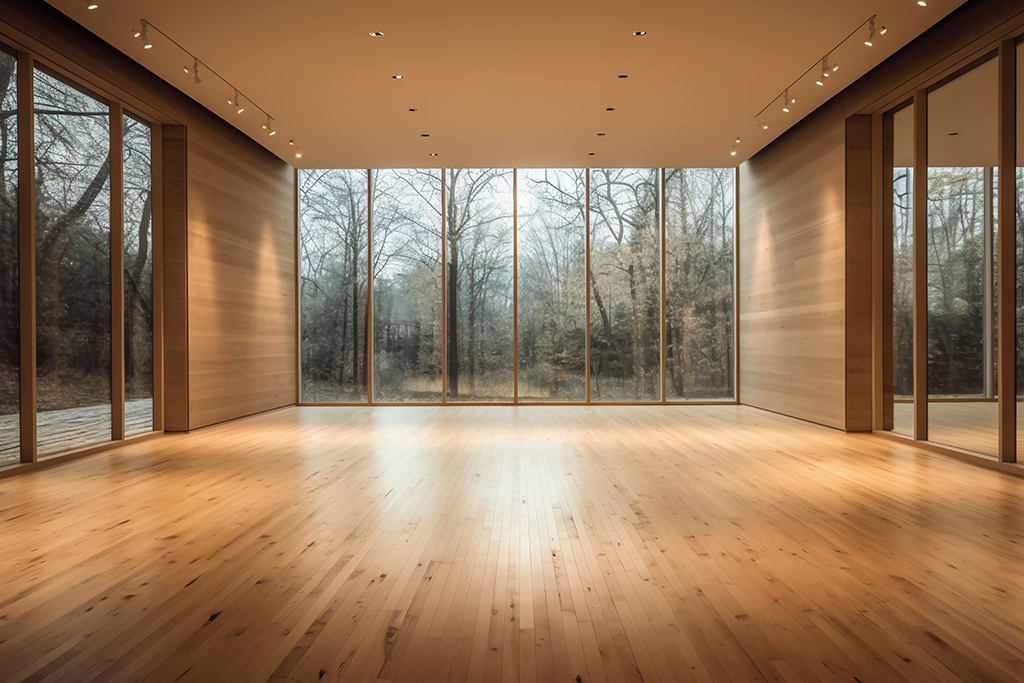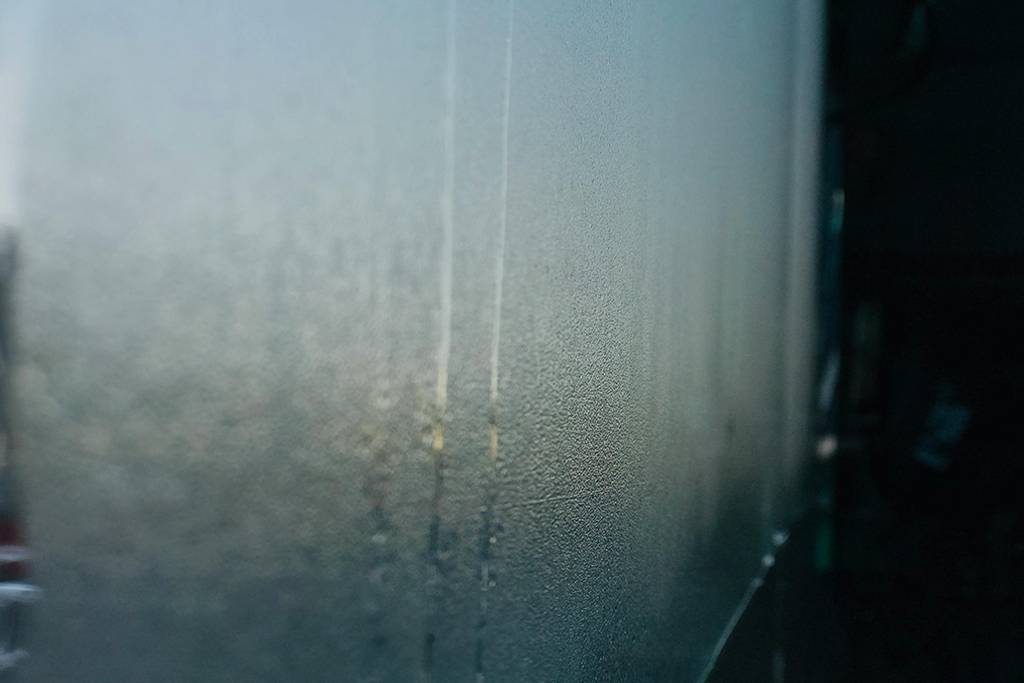Wood reacts to its environment, specifically in terms of temperature and humidity, which affect its moisture content (MC). Fluctuations in MC cause wood to react differently in various environments. The United States has five main climate zones, each with unique impacts on wood:
Southeast: hot and humid, with a narrower temperature range than the northeast.
Northeast: semi-humid in the summer, dry and bitterly cold in the winter.
Understanding how different ambient conditions impact wood is crucial for various applications, such as laying wood flooring, crafting wood furniture, or working with wood in other ways. Seasonal and daily variations in ambient conditions also affect wood. Temperature and humidity impact woodwork, regardless of its location.
Wood is hygroscopic, meaning it gains or loses moisture in response to changes in the environment. Coated wood goes through the same changes in response to relative humidity (RH) increases and decreases, just at a slower rate than uncoated wood. In summary, wood reacts to its environment, specifically in terms of temperature and humidity, which affect its moisture content. Fluctuations in moisture content cause wood to react differently in various environments. Understanding these impacts is crucial for various wood applications and construction projects.
Climate zones and how they impact wood
The United States has seven major climate regions: Northwest Coastal, High Plains, Midwest, Mid-Atlantic, Southeast, South, and Southwest. Each region has a unique impact on wood. For example, the Southeast is hot and humid, while the Northeast is semi-humid in the summer and dry and bitterly cold in the winter. Changes in climate, such as temperature and precipitation, can have direct impacts on forests. This occupies approximately 740 million acres in the United States. Forests provide many benefits. Like clean water and air, recreation, wildlife habitat, carbon storage, climate regulation, and a variety of forest products. Climate influences the structure and function of forests. A changing climate may worsen many threats to forests, such as pest outbreaks, fires, or changes in temperature and precipitation.
Wood absorbs and expels water from its environment, and its natural resilience can be further bolstered by subjecting it to a range of treatments.
Wood located in humid locations will be vulnerable to expansion, while timber exposed to an excessively dry climate can release exorbitant amounts of moisture, which can prompt adverse reactions that precipitate shrinkage, warping, or swelling.
Conditions for wood flooring installation
The conditions in the space where wood flooring is installed directly affect the performance of the wood floors. To ensure optimal performance, it is essential to avoid delivering, storing, or opening packages of wood flooring in an environment with uncontrolled environmental conditions. Also outside of the manufacturer’s recommended temperature and humidity levels. These guidelines should be followed to maintain the interior conditions of the building when the wood flooring is delivered to the site. Wood flooring should be one of the last tasks in any construction or remodeling project.
It is crucial to wait until the structure is fully enclosed and protected from exterior weather conditions, with all components in place. Then you can deliver or install the wood flooring. Additionally, all “wet trades” such as concrete, masonry, and painting must be completed within the building’s thermal envelope before delivering or installing the wood flooring. Furthermore, the facility receiving the new flooring must have mechanical systems capable of achieving and maintaining the required conditions for the wood flooring. These systems should operate for at least five days before the delivery of the flooring materials. It is crucial to maintain these conditions before, during, and after the wood flooring installation.

Temporary propane heating systems should be avoided as they introduce moisture to the environment. This can be detrimental to the wood flooring.
It is important to test wood subfloors and wood flooring for moisture to avoid any problems caused by inadequate substructures or improper installation of said substructures.
How to control the temperature and humidity
In general, relative humidity in the building should be between 30 and 50 percent year-round for optimal wood flooring performance. Temperatures should be kept between 60° and 80° Fahrenheit. The best conditions for storing wood flooring will vary from region to region. It is crucial to measure the moisture content of the wood flooring immediately upon delivery with a moisture meter to establish a baseline for acclimation. To ensure a more accurate measurement, check the moisture content of multiple boards. Prior to installation, wood flooring should be within an acceptable range of moisture content with the wood subfloor.

- FLOORING (87)
- HARDWOOD INSTALLATION (23)
- HARDWOOD REFINISHING (26)
- HARDWOOD SANDING (2)
- Sin categoría (0)

